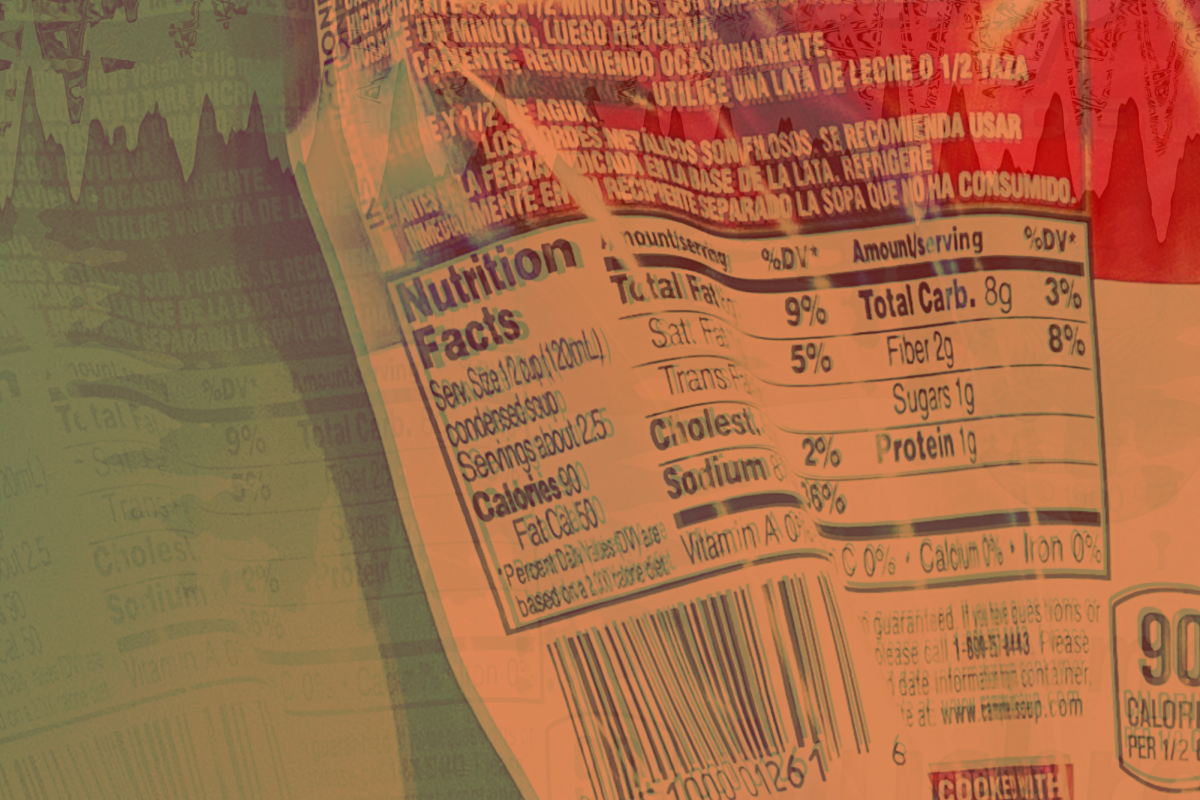
Each of us has a family history — inherited traits and attributes that we can’t help but pass on to subsequent generations. But what if you could change that to all but eradicate your susceptibility to certain types of disease? Suppose you could go even further and edit out undesirable physical traits like your mother’s red hair or your father’s small stature. Would you do it?
Scientists are currently experimenting to do just that — manually change ‘pre-determined’ genetic selections.
It all started with genetic modification to food in the 1980s when it was discovered that specific genes could be transferred between organisms. The first transgenic plant was created in 1983 in the form of a tobacco plant resilient to antibiotics. Several types of crops and, more recently, animals have been genetically modified ever since.
But more recently, limits are being tested as scientists question whether or not the genes that cause certain disorders and diseases can be “switched off” in a human embryo. And it can be done, but it raises many ethical dilemmas.
For the sake of disease prevention, this novel procedure is astounding. It has the ability to improve health and increase the human lifespan.
According to a recent article in The Guardian, mitochondrial transfer — a process in which a mother’s defective mitochondria is replaced by a healthy donor’s — has proven effective.
Mitochondria contain DNA inherited from mothers and are mainly responsible for the prevention of disorders affecting the heart, brain and muscles. Essentially, through in vitro fertilization the child contains the genetic material of three parents (the mother, father and donor) and is thereby protected from those same diseases.
But tampering with human genes has its risks, and they may outweigh the rewards.
An example of the negative consequences of genetic modification is seen in a breed of cattle named Belgian Blue. The cows are selectively and genetically bred for enormous muscle mass. Belgian Blues are best known for their deletion in a gene called myostatin, one that usually controls muscle growth. As a result of this, the cattle get so large that the females can no longer deliver calves normally and must instead undergo cesarean sections, a painstaking and costly procedure.
In the same way as the cattle, Inheritable Genetic Modification (IGM) could carry unforeseen consequences for humans that we aren’t aware of — or prepared for. And while the thousands of failed attempts to create IGM crops and animals can easily be discarded and forgotten, the same cannot be done in the case of humans.
Disease prevention aside, the use of genetic engineering to create “designer babies” with pre-selected physical attributes raises both social and ethical questions. What right have we to play a role in deciding our children’s height, eye color, or handedness? And what happens when we do?
By actively choosing the traits we find “desirable,” we lose respect for the diversity that is found in our children and those around us. IGM reeks of eugenics and hearkens to the image of Nazi policies against “lebensunwertes leben” translated as the “life unworthy of life.” Adolf Hitler deemed the supreme race as blonde, blue-eyed, white-skinned citizens. Anyone else was deemed disposable.
As far-fetched as it sounds, one can only wonder how the world would be affected if there were a super race — a group of humans specifically bred to be stronger, smarter, healthier and more attractive.
Obviously that day hopefully won’t come for quite a while — if ever. But the fact remains that we, as a society, aren’t ready for the full implications of human genetic engineering. IGM in this sense would give the human race complete control in defining the attributes of the “perfect” human and condemning the unlucky rest.
Science has largely progressed over time. And IGM is just a part of that progression. But to grow and learn we must take risks — after we’ve accepted the potential consequences.
Designer babies bad
August 1, 2013










